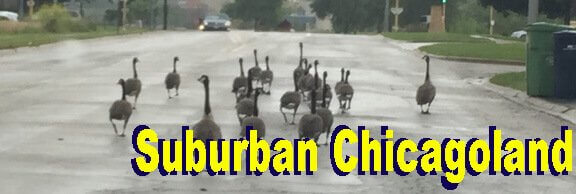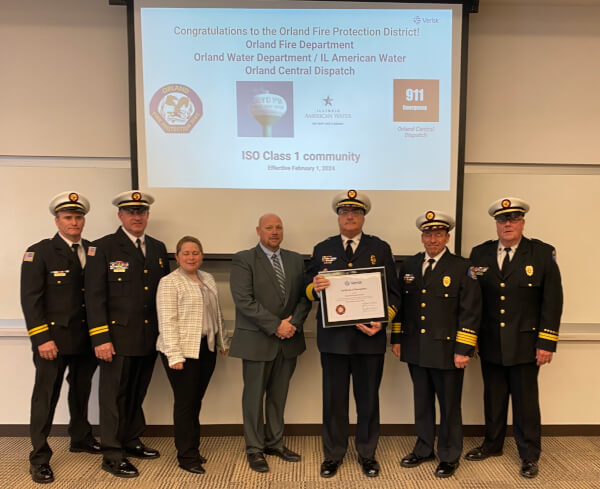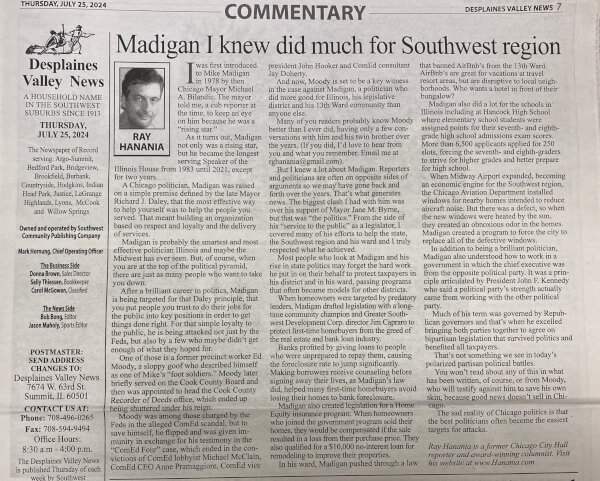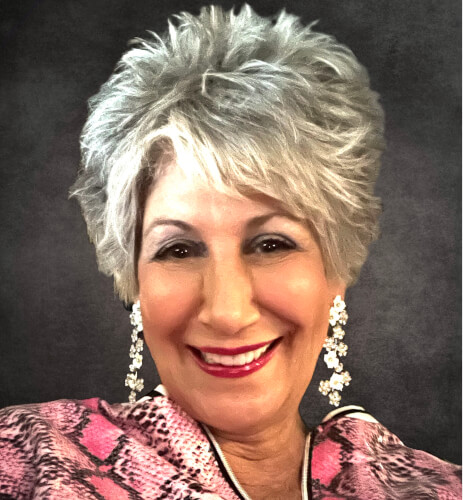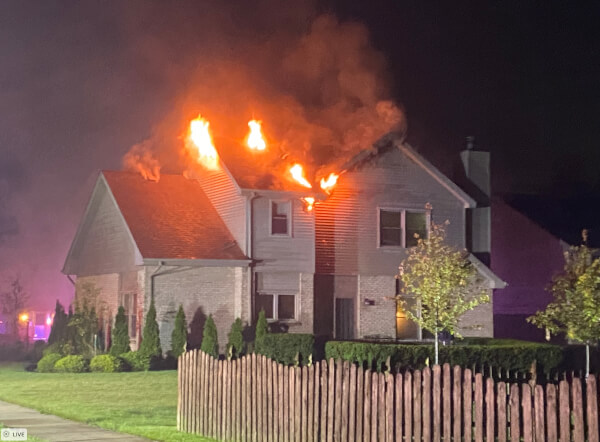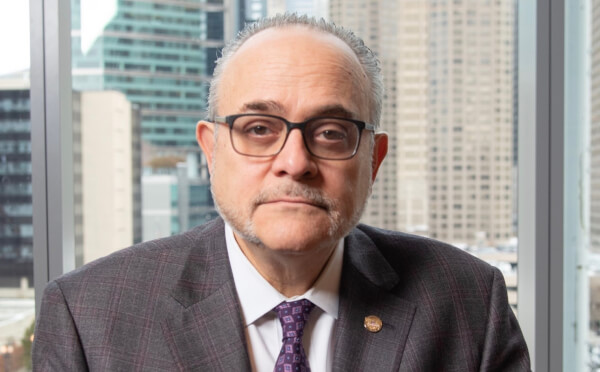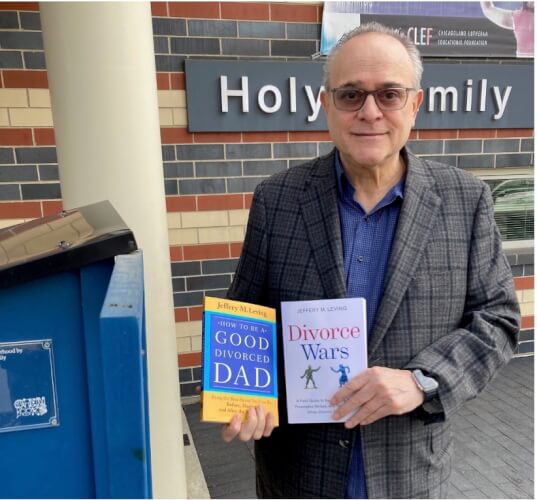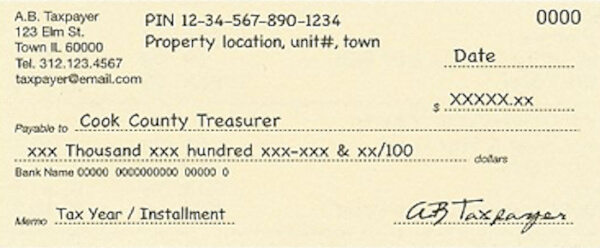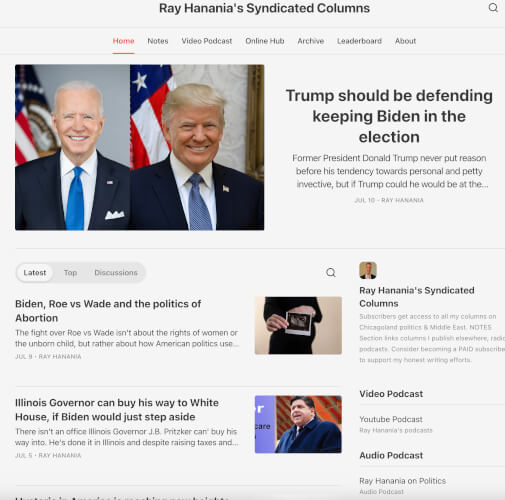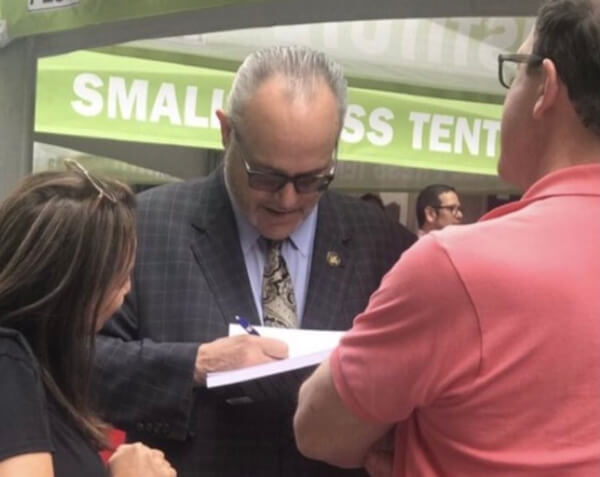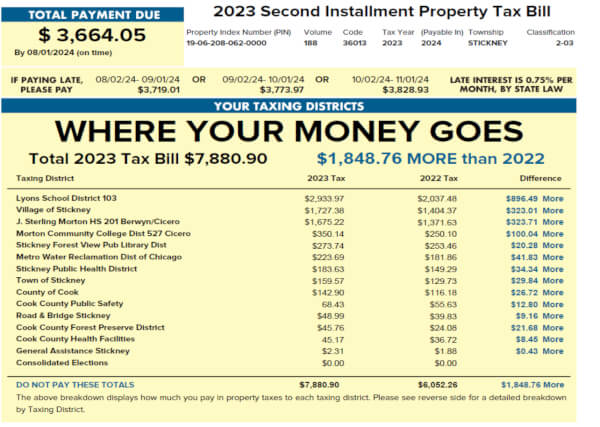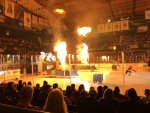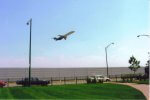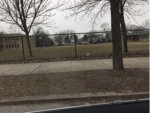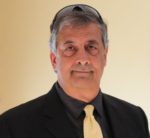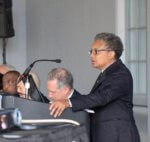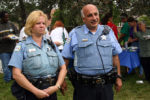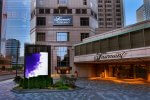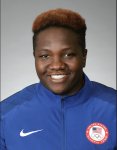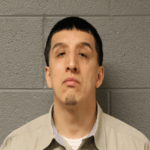Remembering Chicago’s racial tensions from the late 1960s
Looking back at Chicago in the 1960s and the racial tensions that divided Blacks and Whites, I decided to write a book about that experience. White Flight, which I titled “Midnight Flight: One family’s experience of White Flight and the racial transformation of Chicago’s South Side (an online novel)” which you can read here for free online and share your memories and thoughts.
By Ray Hanania
Up until the 1960s, everyone lived in their own neighborhoods in Chicago. Peacefully and dealing with their own issues. But sometime in 1968, in the turmoil of the killings of the Rev. Martin Luther King Jr., and the assassination of Robert F. Kennedy, realtors recognized a unique opportunity to make huge profits by turning over homes in a White neighborhoods that bordered on a Black neighborhood to the west.
And it worked. The realtors made a huge profit and the white families, thousands of them, fled as fast as they could selling their homes as cheaply as possible, fearing they might lose everything if they could not sell. Not often discussed is the fact that the realtors could not have fear mongered without the help of several African American Families who rented the first “block-busting” homes.
This was called “White Flight” and it happened in South Shore Valley, now more commonly called Calumet Heights in the Fall of 1968 and Spring of 1969.
Thousands of White families sold their homes quietly, without putting up signs. And the people buying them were African American.
To stoke the fear, the realtors rented one home on Luella Avenue down the block from where my family lived. The home was rented to a Black family, the first Black family to move into the community. They had a daughter that was disabled and had some mental disabilities and she would walk up and down the streets all day long, not going to school. The family also sat in lawn chairs in front of their home, staring but not talking to the White families. It created a tension that was probably intentional.
People were afraid. The move was intended to frighten people into thinking that the values of their homes would drop and they had better move. It happened in the months after the Rev. Martin Luther King Jr. was murdered on April 4, 1968.
Most of us did not know any Black people really well. We encountered them but always kept our distance. And they kept their distance from us, too. But we did have contacts. I would go to Cubs Scouts and Boy Scout troop meetings at a church on Jeffery Blvd north of 79th Street, near where the future First Lady of America Michelle Obama lived, in South Shore. The Boy Scout troop had several Black kids, but mostly they were White. We all camped together, ate together, built Soap Box Derby cars together and even hiked the Hiawatha Trail for medals together. Nearby in Pill Hill there were several Black families including the most famous Cubs First Baseman Ernie Banks.
No one thought it was wrong. They thought that was the way it was supposed to be. And everything seemed to go along until that Fall in 1968.
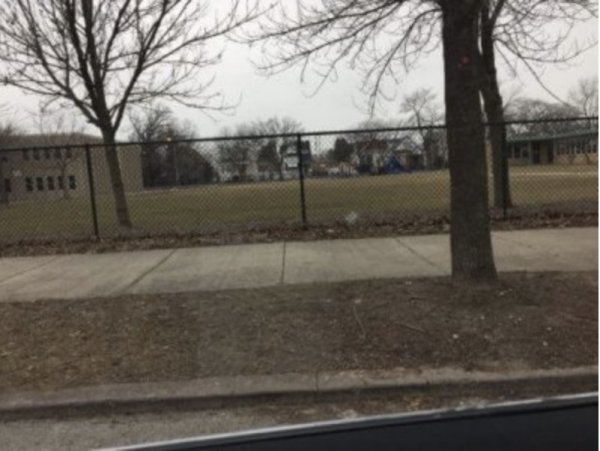
White families would hold neighborhood meetings urging people not to sell their homes, but the organizers were often the first ones to sell and leave.
There was a shame to it all, too. Although we didn’t know Black people and Black people didn’t know us, deep down we knew it was wrong. Racism was wrong, but we knew it existed. So families that sold did so quietly and the moved out of the homes in the middle of the night to avoid the shame from the other neighbors.
The community was split, Jewish and non-Jewish. Most of the Jewish families moved north to Skokie and Niles. Most of the Christian families moved West and Southwest. We moved west into the 18th Ward of Chicago near 83rd and Talman, renting a home there, and transferred into Bogan High school. I only lasted about 6 weeks. The teachers treated me like dirt. Bogan eventually kicked me out of school because, as Mr. Avers explained it, I was “too dark.” Bogan school officials told my mom that I should go to Calumet High school, which was all Black. They felt I would be “accepted” there. We were Arab and our skin was darker than the many Irish, Polish and Italian kids living there.
Of course, we ended up moving, again, and renting a home at 84th and Paulina, and then going to Little Flower Catholic High school at 79th and Wood Street. We moved again in late 1969 and bought a small home in Burbank on 84th Street between Linder and Long, just east of Central Avenue. I attended Reavis High school that Sophomore and Junior year.
A few neighbors wonders what we were, and one kid kept calling me “Punjab.” But for the most part, we never had any problems, especially with those who lived right next door. Great families, that I really miss today.
In 1990, I decided to try to document that whole experience and I wrote an eBook called “Midnight Flight: One family’s experience of White Flight and the racial transformation of Chicago’s South Side (an online novel).” Click here to read the summary with links to the 13 Chapters including an introduction.
It explores what we went through as White families and as a neighborhood. It’s set in the context of what was happening in the world around us. It’s the only record of what life was like in Chicago in the 1960s in that area, and probably in the entire city. Just everyday lives living everyday experiences. And suddenly, someone throws in some trauma to make money.
Years later, I was invited to speak to the families that moved into our homes, organized by a friend who now lives there. It was fascinating to meet the Black families that we ran from. Although in a ll honesty, racism seemed to taper off in the 1990s and 2000s and also following the election of Barack Obama as the nation’s first African American president.
Oh, racism still exists, but it’s not as bad as it was.
I hope you enjoy the online book and share your thoughts and comments on it, too.
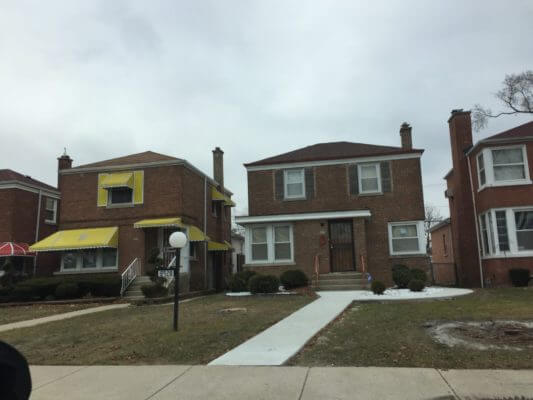
Midnight Flight Menu (Use the menu Option above under “Library > Midnight Flight” or this menu below:
Chapter 3: A Beautiful, Idyllic Community
Chapter 4: Written Long Before
Chapter 6: Alone in the Playground
Chapter 8: In the Eye of the Storm
Chapter 10: The Sub-Urban Life
Chapter 11: Friends Left Behind
Chapter 13: Notes from Readers
